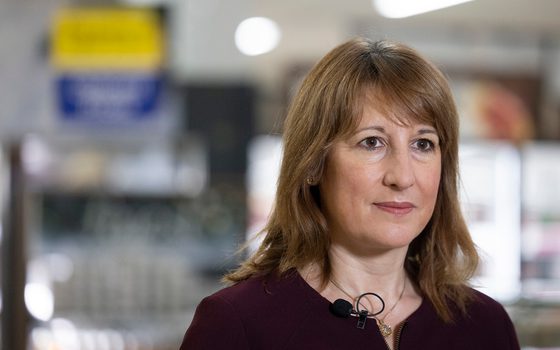Building a green stimulus for Covid-19
A recovery plan for a greener, fairer future
06 July 2020
The coronavirus pandemic has led to a deep economic shock. The number of people claiming out-of-work benefits has soared. Covid-19 has exposed the fragility of humanity’s relationship with the natural environment, but many are still calling for a return to an unsustainable economic model that will continue to exacerbate the climate emergency. The response to the last financial crisis failed to tackle either inequality or the climate crisis. To avert the climate crisis and an unemployment crisis, that will each exacerbate economic inequality, this time we need to build back better. By expanding on NEF research published in January 2020, this report sets out a framework for establishing a priority green infrastructure stimulus in response to Covid-19.
Key Findings
- The immediate Covid-19 crisis and related economic shock is taking place against the backdrop of a long-term climate emergency. Carbon emissions have temporarily fallen due to a massive reduction in travel and economic activity, but a rebound in their levels has already been observed and we are at risk of a further increase as the economy accelerates. Even if emissions do remain suppressed for some time, future higher emissions are likely without structural change.
- The immediate economic crisis resulting from Covid-19 is likely to come in the form of extremely high unemployment. Based on an average of the latest independent economic forecasts, and in the absence of a further response from government, unemployment is likely to sit between 1.5 and 3.1 million by the end of 2021 – up to 1.8 million above 2019 levels.
- A large package of investment in ‘green’ infrastructure projects, selected on the basis of their potential to create large numbers of jobs across the country rapidly, must sit at the core of government efforts to boost the recovery.
- The failure to respond to the last recession by scaling up investment to meet climate targets was a missed opportunity. If just a third of the funds used for tax cuts between 2010 and 2013 were instead deployed as part of a home insulation programme, residential emissions would have been 30% lower in 2018 than the reality. We cannot repeat this mistake again.
Recommendations
- Our primary recommendation is that the policy response to the current crisis should contain within it the largest feasible stimulus in priority zero-carbon infrastructure.
- We propose a framework for choosing projects based on the speed at which projects can begin, intensity of job creation, the extent to which jobs are spread across the country but can be intensified where they are most needed, and the extent to which projects are resilient to further tightening of social distancing, among other factors.
- Based on the framework presented in this paper, we develop a detailed, illustrative investment package in priority green infrastructure projects between July 2020 and Dec 2021 (see table 1 below). Based on our analysis against this framework, we find that retrofitting homes – installing insulation and heat pumps – should be the dominant component of the green stimulus package.
- We estimated that our illustrative package would see £28.3 billion invested in priority projects over the next 18 months, creating more than 400,000 full time equivalent jobs on average in 2021. However, we also find that it is unlikely that the jobs created from investment in priority green infrastructure alone will be sufficient to ensure that unemployment falls back to 2019 levels by the end of 2021. We therefore propose further job creating interventions and stimulus, particularly through expansions in public services such as child and adult care, and the NHS. Forthcoming papers will set out detailed proposal in these areas.
Photo by Andrew Roberts on Unsplash
Campaigns Coronavirus response
Topics Climate change Macroeconomics







